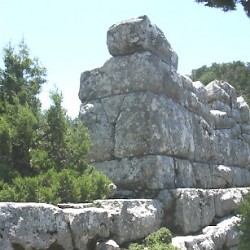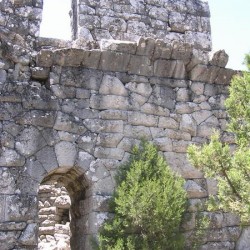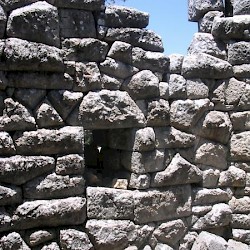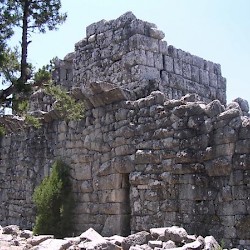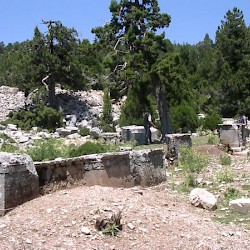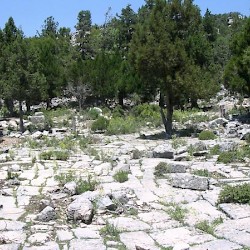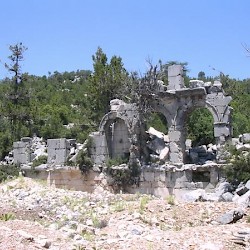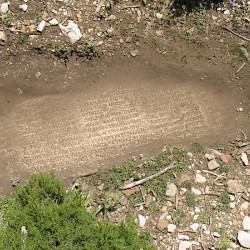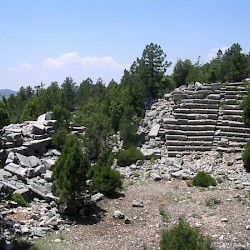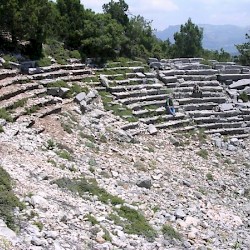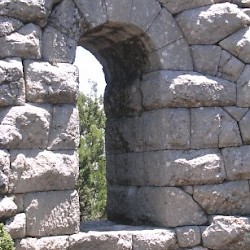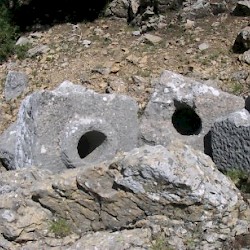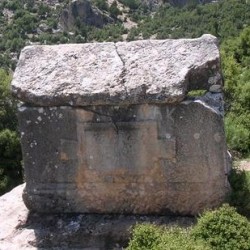Oenoanda
Q186373Oenoanda: town in Lycia, modern Incealiler.
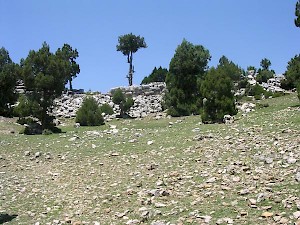
The ruins of ancient Oenoanda - the first picture shows the southern access to the site - are situated on a hilltop that is rather inaccessible. Nevertheless, the inhabitants built a ten meter tall wall around their town, which is well-preserved. Of course, stones and other elements have been removed by the inhabitants of the neighboring villages, but the site is simply too isolated to be looted.
Another result of the difficulty to reach Oenoanda is that only a few archaeologists have paid attention to the site. It was not discovered until the end of the nineteenth century.
Little is known about the history of Oenoanda, although the name is mentioned in Hittite texts, and it is certainly one of the oldest towns in this part of modern Turkey. It was originally not a Lycian town, but was added, together with Cibyra, Balbura, and Bubon, to the Lycian League in 84 BCE. Later, it became Roman.
In the second century CE, one of the citizens of Oenoanda, Diogenes, presented his town with a very large inscription on a long wall, in which he showed the Oenoandans the road to happiness. It is one of the most important sources for the philosophical school of Epicurus. The inscription was discovered at the end of the nineteenth century, but research gained momentum only after 1968, when professor M.F. Smith investigated the site and the inscription. In 2004, 224 fragments were known, which probably contain about a quarter of the full text on the wall.
